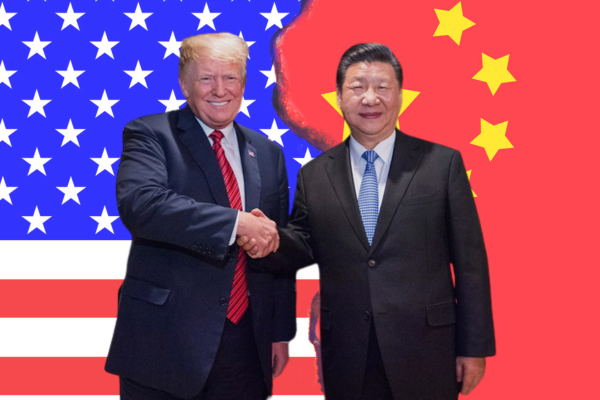.png)
US Shutdown Drags On, Bonds Test Nerves, and a Generation Relearns the Cost of Capital
A quick take on global markets before the noise begins.

Venkat Thiagarajan is a currency market veteran.
November 3, 2025 at 4:28 AM IST
The US government shutdown entered its sixth week with no easy endgame in sight, deepening both its economic and social fallout as the country heads into tomorrow’s state legislative elections. The longer it drags, the greater the test of voter patience, and of Washington’s capacity to function while campaigning against itself.
Bond markets are whispering, not screaming. Long-dated US yields have risen sharply in recent months, fuelling talk of a fiscal reckoning. Yet the move has been confined to the far end of the curve. The front and belly remain anchored, suggesting a normalisation of term premium rather than panic about debasement. This is not a crisis; it’s a repricing — the return of positive term premium after a decade of suppression.
The phenomenon is global. Japan’s 40-year yield now sits above 3 %, a number that once looked frivolous but now defines the new normal. For much of the past 20 years, Japan’s entire curve lived below 1 %. The shift marks a generational change in the cost of capital, a quiet admission that cheap money has exited the stage, no matter how often central banks talk easing.
US: ISM manufacturing data later today, seen at 49.5, will be parsed for detail. Traders will look beyond the headline to the prices-paid and employment sub-indexes — a guide to whether inflationary pressure or job losses are tightening their grip. The Dollar Index eyes 100.30, a psychological level rather than a structural one, but in these thin conditions, psychology rules.
Europe stays cautious. The EU has postponed until December its decision on deploying frozen Russian assets to assist Ukraine. Meanwhile, core inflation holds steady at 2.4 %, leaving the ECB comfortably on target and no further cuts in play. The euro’s calm is deceptive: a drop below 1.1505 would expose 1.1392, the August low, and underline that stability is not strength.
China remains in slow motion. Beyond a brief pause in sentiment thanks to the US-China trade framework, structural fragility endures. The private PMI slipped to 50.6, its lowest in several months, signalling an economy stuck between policy pledges and private-sector hesitation. Manufacturing still matters more than consumption, and that imbalance continues to feed both surpluses and deflation.
Sterling awaits the budget. The November fiscal statement remains the most important near-term event. A surprise 5–4 BoE vote for a 25-bp cut is possible, given soft inflation and limited job stress, though politics may block it. A close below 1.3140 would point to 1.2943, retracing half the 2025 rise and reminding investors that fiscal credibility is still a tradeable variable.
Japan rests but watches. With markets closed for a holiday, focus turns to September cash-earnings data, which Governor Ueda says will guide any policy adjustment. Finance Minister Katayama’s FX vigilance looks more about optics — a nod to Washington — while Takaichi’s Abenomics legacy keeps the policy compass pointed toward the 160s in USD/JPY.
India’s rupee remains trapped in its comfort cage. The USD/INR again tested 88.80, where conviction meets the RBI’s invisible hand. The caged-bird exchange-rate policy of the past 18 months has conditioned traders to fade every dip. For now, the market believes in the floor more than in the fundamentals.
The world is re-pricing risk, not rediscovering fear. Yields rise because they must, not because the sky is falling.
Daily Quip



